1976 Cadillac Seville: The Penalty of Leadership
“As the Standard of the World Turns” presents…
…An American standard for the world.
The Arab Oil Embargo of 1973 raised the price of crude 70 percent. This act created quite a raucous knocking the wind out of the sails of the global economy. In the USA…double lines formed at gasoline stations as drivers scrambled to re-fuel. Some stations posted “NO-GAS” signs because of depleted supplies. It threw a serious curve in the US economy. It forced Americans to re-think the size of their luxury automobiles. Cadillac had to do a complete reassessment regarding the future of their offerings.
The answer came as “The next generation of the luxury car.” In less than two years, Cadillac engineers worked feverishly for the solution: this was the birth of the Cadillac Seville. It is a luxury car like nothing ever offered before. The Seville refuted the traditional American automotive paradigm of bigger being better. This major event in history changed the way America thought about luxury cars…forever. The 1976 Cadillac Seville makes a grand entrance…in the continuing saga of “As the Standard of the World Turns.”
“When a man’s work becomes a standard for the entire world…it also becomes a target for the shafts of the envious few…”
American automobiles would never be the same. This all stems from US intervention into the Arab-Israeli War. The reprisal by Arab members of the Organization of Petroleum Exporting Countries (OPEC) extended to other countries that supported Israel as well. This action destabilized a decades-old pricing system. It put a strain on the US economy that had become dependent on foreign crude oil. Prices doubled…then quadrupled placing economic challenges on the national economy. It placed the US in an extremely awkward position…most everything here was contingent upon petroleum and petroleum distillates for production – America had to think…FAST!
Cadillac was the leader in luxury automobile production world-wide. As Americans tightened their financial position, there became a shift of interest to smaller, more fuel-efficient automobiles. Cadillac was the purveyor of land yachts – PERIOD. The brand had to seriously focus on the future…it had no experience building smaller vehicles, and had to move quickly. The answer was the eventual down-sizing to remain solvent. But how? Cadillac knew nothing about dinky little toy cars –
“Whatsoever you write, or paint, or sing, or build…no one will strive to surpass or to slander you, unless your work be stamped with the seal of genius.”
Ingenuity is an American forte – we know how to survive. Cadillac engineers solved the situation by creating an entirely new luxury sedan – 10 years prior to the crisis in the Middle East, America scoffed at the idea of a smaller luxury car…we were “Fantasy Island” livin’ large. The US faced a growing dependence on oil consumption and with dwindling domestic reserves – found itself more reliant upon imported crude than ever before. Enter the first generation Cadillac Seville, a luxury automobile advertised by the brand as “International-sized luxury for a changing world.”
How did Cadillac manage such a feat in such a short time? The engineers used an existing platform giving it all-new architecture. The Cadillac Seville is based upon a modified Chevrolet Nova “X-body” platform. With it being an ultra-luxury automobile, it could bear no resemblance to its humble beginnings. The entire process had lower start-up costs since existing components were used and extensive re-tooling wasn’t needed. Fisher body designed the architecture. The engine was outsourced to Oldsmobile and built to exacting standards for Cadillac.
Ford did a similar magic act with the Continental MK III using the aging Thunderbird platform and underpinnings, installing luxurious architecture…which yielded an unbelievable profit margin. The first generation Cadillac Seville has a timeless beauty and elegance that created a style that would be emulated but never replicated throughout the entire automotive industry. The Cadillac Seville presented a new “standard” for the world – proving the fact: Americans are resilient AND we bounce back without fear!
The 1980-1984 Cadillac Sedan deVille is Seville-inspired
“The leader is assailed because he is a leader, and effort to equal him is merely added proof of that leadership…”
“In every field of endeavor, he that is first must perpetually live in the white light of publicity. Whether the leadership be vested in man or in a manufactured product…emulation and envy are ever at work…the reward and the punishment are always the same – the reward is wide-spread recognition; the punishment is fierce denial and detraction. This is the Cadillac penalty of leadership – that which deserves to live…lives.” This captures the essence of Cadillac’s dedication written by Theodore MacManus (1872-1940) in 1914. He was an advertising mogul that revolutionized the industry with his advertisements for GM luxury cars…mainly the Cadillac brand.
The Cadillac Seville is living proof that Cadillac can be flexible and ready with new ideas for luxury cars that were right for their day. The Seville was introduced in April 1975 as a 1976 model building 16,355 before the end of the model year. Model #6K style code #S69 1976 Cadillac Seville sedan was base priced at $12,479 with a base shipping weight of 4,232 pounds, 4,675 pounds with options.
It rides upon a tight 114.3” wheelbase with an overall length of 204”. It is 71.8” in width. The first generation Cadillac Seville was built from 1975 until 1979. Here are the production totals for all years: 1975 (16,355), 1976 (43,772), 1977 (45,060), 1978 (56,985), and 1979 (53,487). The first generation Seville has a larger production total than the competitor’s combined aggregate totals.
The 1976 Cadillac Seville is powered by GM’s Rocket 350 V8 engine by Oldsmobile. The 5.7 litre 16-valve 350 CID V8 engine has a cast iron block and cylinder heads. The engine is equipped with speed-density port-injected Electronic Fuel Injection and is the first domestic automobile to use this type of fuel delivery system. It has two electric fuel pumps, one inline and the other in the fuel tank.
The engine is designed to run on unleaded fuel with an octane rating of at least 83. Its emission controls include Positive Crankcase Ventilation (PCV), Air Injection Reactor (AIR), Exhaust Pressure Transducer, and Exhaust Gas Recirculation (EGR). The engine is mated to GM’s THM-400 Turbo Hydra-Matic 3-speed automatic transmission. The first generation Cadillac Seville has a traditionally mounted front engine and is rear-wheel drive.
The naturally aspirated 5.7 litre V8 engine produces 180 hp @ 4,400 rpm with 373 Nm of peak torque @ 2,000 rpm. Longitudinal acceleration is rated as: 0-60 mph in 11.5 seconds, 0-100 mph in 36.9 seconds with a top speed in the 116-118 mph range. It can do the ¼ mile @ 76 mph in 18.8 seconds. The 1976 Cadillac Seville was not built to be fast…just luxurious –
“If the leader truly leads…he remains the leader…”
The first generation Cadillac Seville is built as body on frame construction. GM had originally planned for the Seville to be badge engineered with the Opel Diplomat from Germany. Due to financial concerns, Cadillac went with the modified “X-body” platform from the Chevy Nova. The Seville is built as the “K-body.”
The ride quality is engineered exclusively for the Seville. To absorb vibration and isolate road noise a steering linkage damper (hydraulic shock absorber), and sheet metal dampers (also hydraulic shock absorbers) are used in conjunction with patented Isoflex body mounts. The transmission’s rear support uses a lateral strut rod. The rear leaf springs also use dampers. European automobiles were already using similar systems.
This is Cadillac’s first use of Chevrolet components for production. The standard vinyl roof covering is there for a reason. The roof is tooled in two parts. The rear “C-pillar” section was stamped exclusively for Cadillac but the forward portion was from the “X-body” Chevy Nova. The painted metal roof became available for the 1977 model year when Cadillac began stamping the entire roof for the Seville. It’s an interesting hodge-podge of GM parts –
The first generation Cadillac Seville uses traditional suspension components. The front is fitted with unequal length upper and lower control arms, coil springs, spherical ball joints with wear indicators on lower joints, and hydraulic double-acting shock absorbers. The rear is fitted with a Salisbury-type axle, multiple leaf springs, a 5/8” diameter rod & link stabilizer bar, and hydraulic double-acting shock absorbers.
Automatic Level Control automatically calibrates the ride height for optimum appearance and performance. The hydraulic power braking system is equipped with ventilated discs on the front axle and duo-servo drums to the rear axle. The brakes self-adjust each time the car is driven in reverse and the brakes applied.
“That which is good or great makes itself known, no matter how loud the clamor of denial…”
The all-new Seville was built on the former Eldorado assembly line in Detroit. To ensure the strictest quality control, the first 2,000 Sevilles were only available in Georgian Silver all with the same equipment. It was built with the highest quality control standards in the automotive industry. What happened to this manner of production during the 1980s and 1990s?
“Jealousy does not protrude its forked tongue at the artist who produces a commonplace painting…”
The first generation Cadillac Seville uses an international-inspired interior. No Cadillac in the history of the brand used this format. The taller roof not only gives it more headroom but also makes it appear more spacious than it is. The impeccably tailored trim is extremely tasteful.
Americans had to get used to the more upright and ergonomically designed seating. We were used to big ole’ rollin’ Barco loungers but had to make concessions to conserve energy. Handsome Mansion knit was standard and available in seven colors. Supple sierra grain leather was available in eight color selections. Folding front and rear center armrests added the traditional Cadillac luxury.
The Cadillac Seville is a comprehensively equipped luxury sedan. Automatic Climate Control keeps the interior comfortable at a single setting. The AM/FM Signal-Seeking Stereo Radio has an automatic power antenna and four diagonally opposed speakers.
Power windows and door locks, Tilt & Telescopic Steering Wheel, remote control trunk lock, Soft-Ray glass, one-piece deep pile carpeting, adjustable rear seat reading lamps, automatic parking brake release, power assisted 50/50 dual comfort front seats, and Variable Ratio Power Steering are just a few of the many standard comfort and convenience features. The Seville is a car complete…
“If his work be merely mediocre it will be severely left alone…if he achieves a masterpiece, it will set a million tongues a-wagging…”
The first generation Cadillac Seville is international-sized for a changing world. It is every inch a Cadillac. The efficient new size and elegance makes it appealing. It is equipped with traditional V8 power which Americans had taken for granted for so many decades. It is a shrunken version of a traditional luxury sedan.
The timeless design remains popular. Had it not been for the 1973-1974 Arab Oil Embargo, we probably would never have even considered such a tiny Cadillac…America scoffed at the idea of a small car in the 1950s and 1960s…we were “Fantasy Island” and we were livin’ quite large. The first generation Cadillac Seville was built from 1975 until 1979.
Unfortunately…the Seville’s charisma wore off during the re-design for the 1980 model year and continually declined thereafter. Oddly…we laughed at the first generation Seville when it came out. I turned my nose up at it opting for the 1976 Fleetwood Brougham. If the 1976 Seville is placed beside today’s Cadillac, it is larger than anything they build…and more reliable. Will Cadillac ever return to such a formidable position in the automotive industry world-wide?
If the brand would focus on A LUXURY AUTOMOBILE instead of trying to wear so many hats…being so many things in so many classes…and concentrate on AMERICAN-style luxury, it could develop an identity. If it would cease and desist from riding the coattails of BMW and Mercedes-Benz…it would once again become the envy of the world. The 1976 Cadillac Seville is another dramatic chapter…in the continuing saga of “As the Standard of the World Turns.”
Special thanks to Rodd Sala at Park Ward Motors Museum
“That which deserves to live…lives”
1959 Cadillac Series 6400 Eldorado Seville
Special thanks to Bob Adams Classic Cars
The 1976 Cadillac Seville is NotoriousLuxury

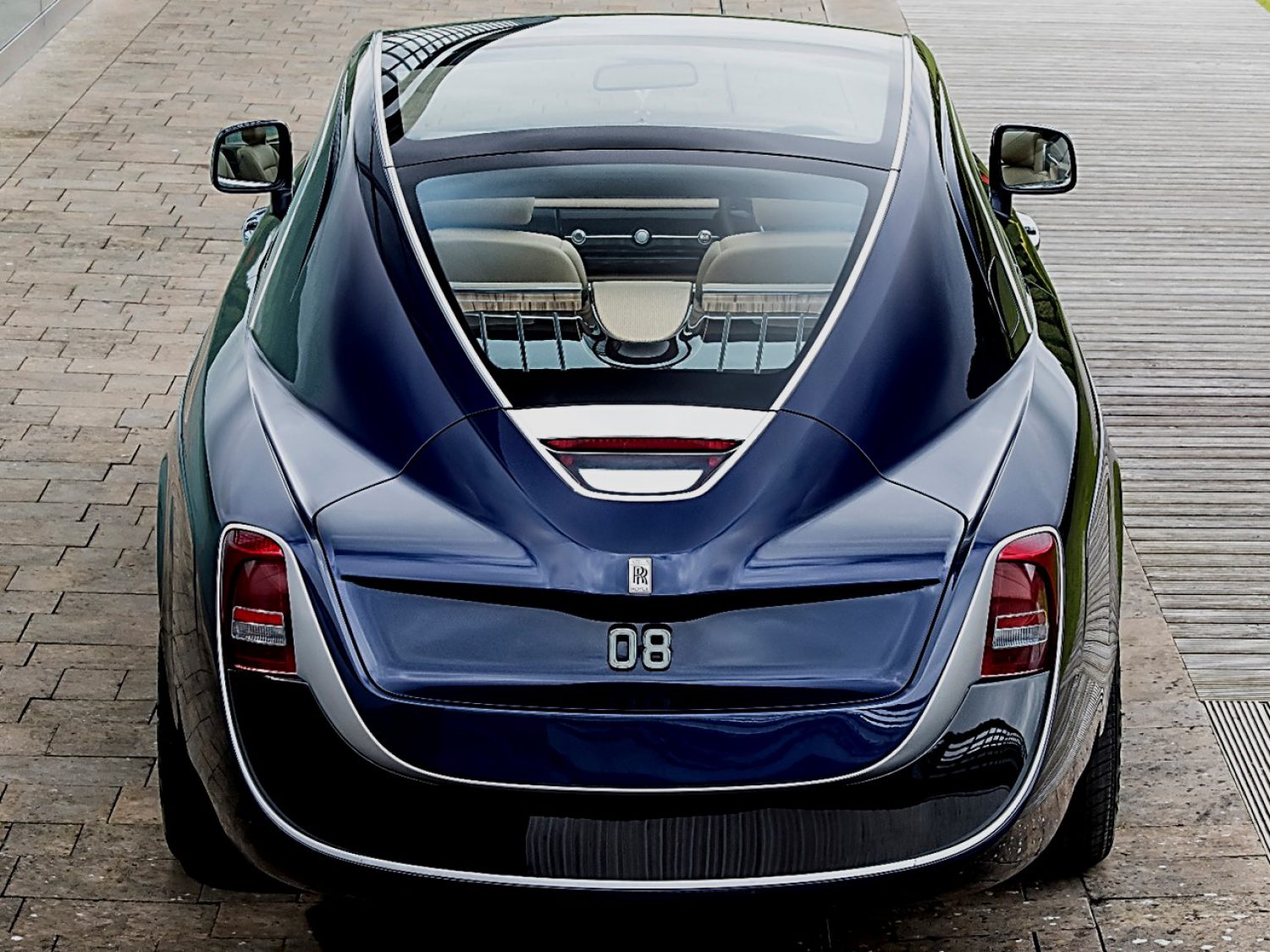


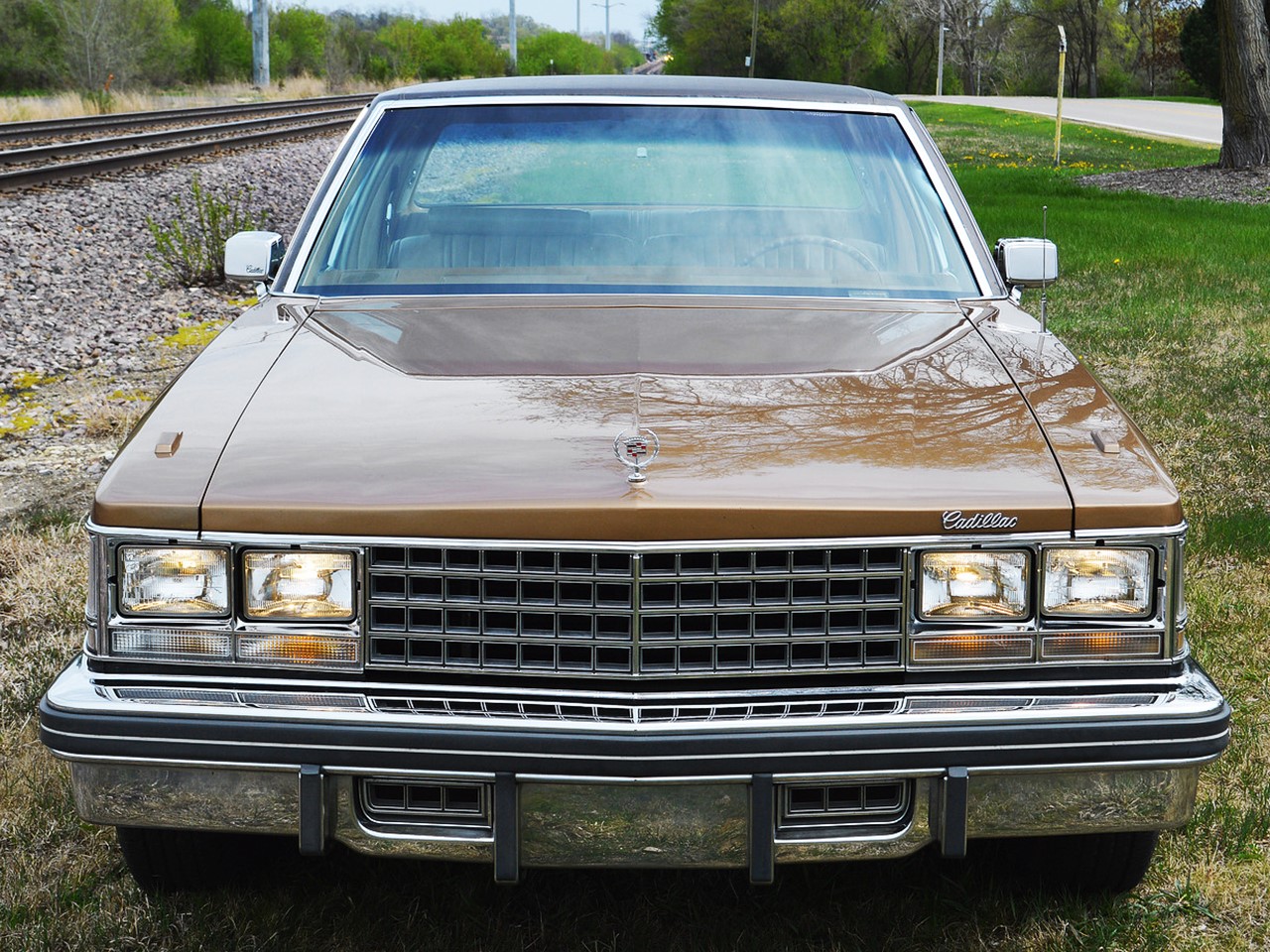
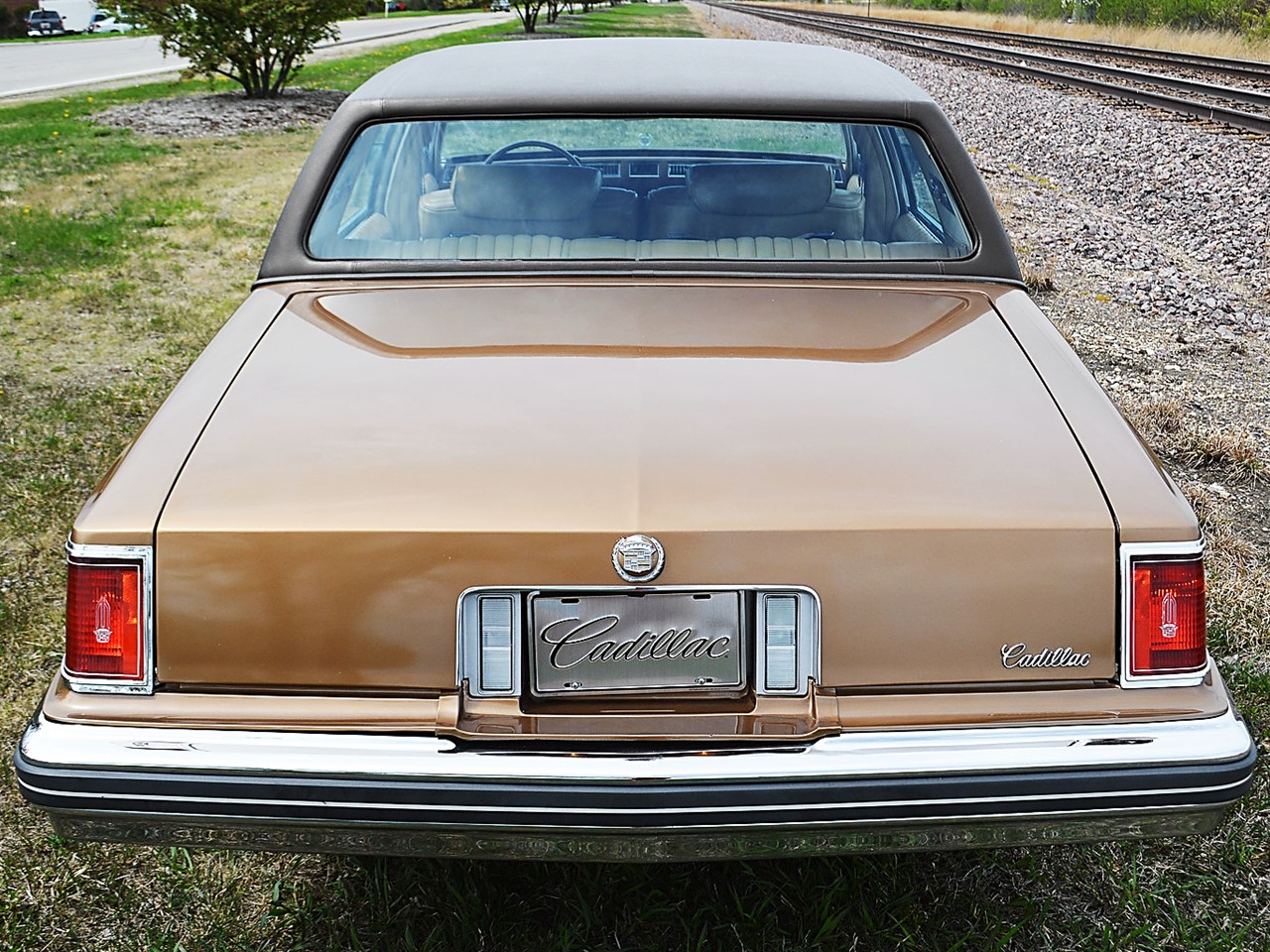





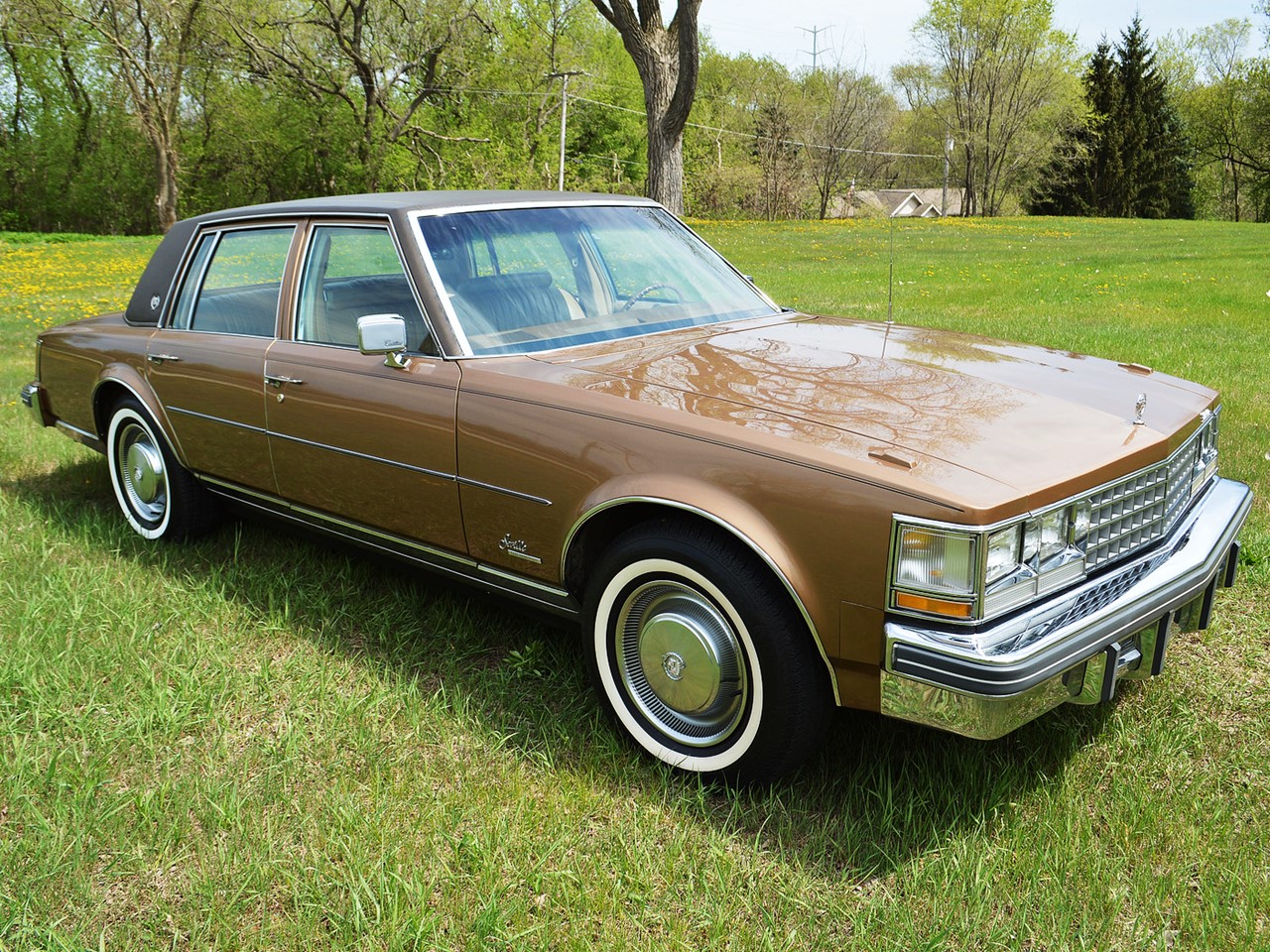







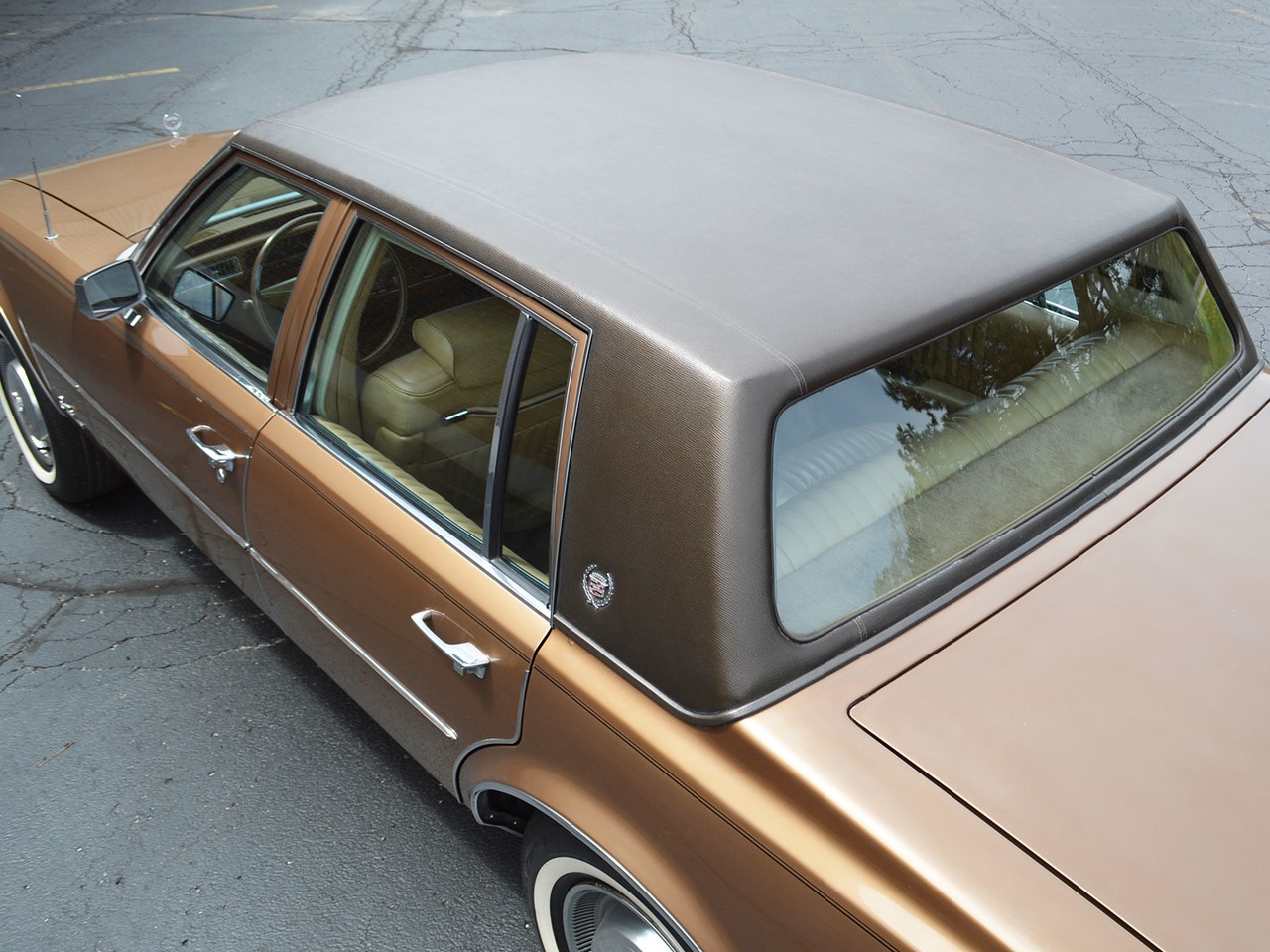

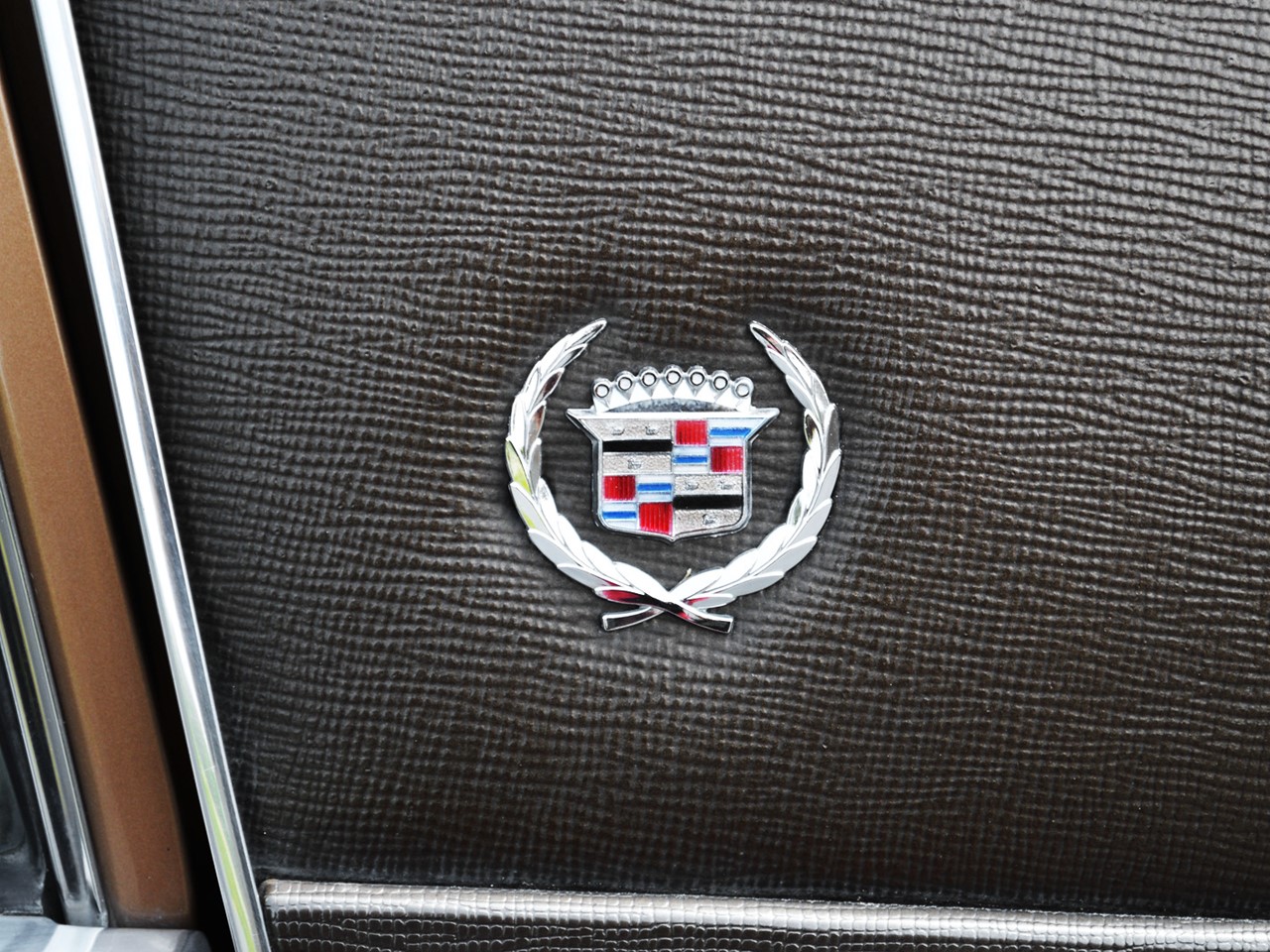

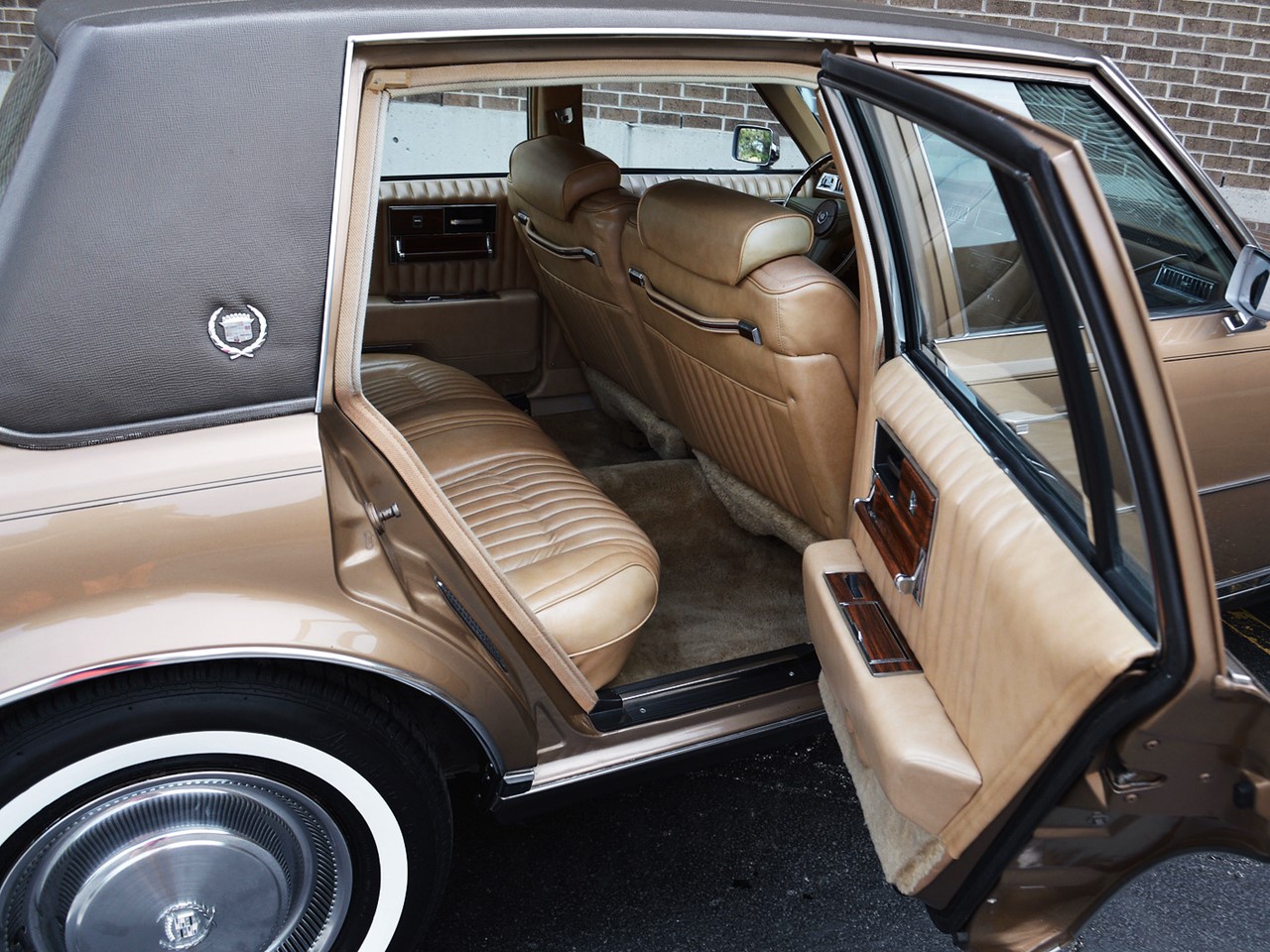
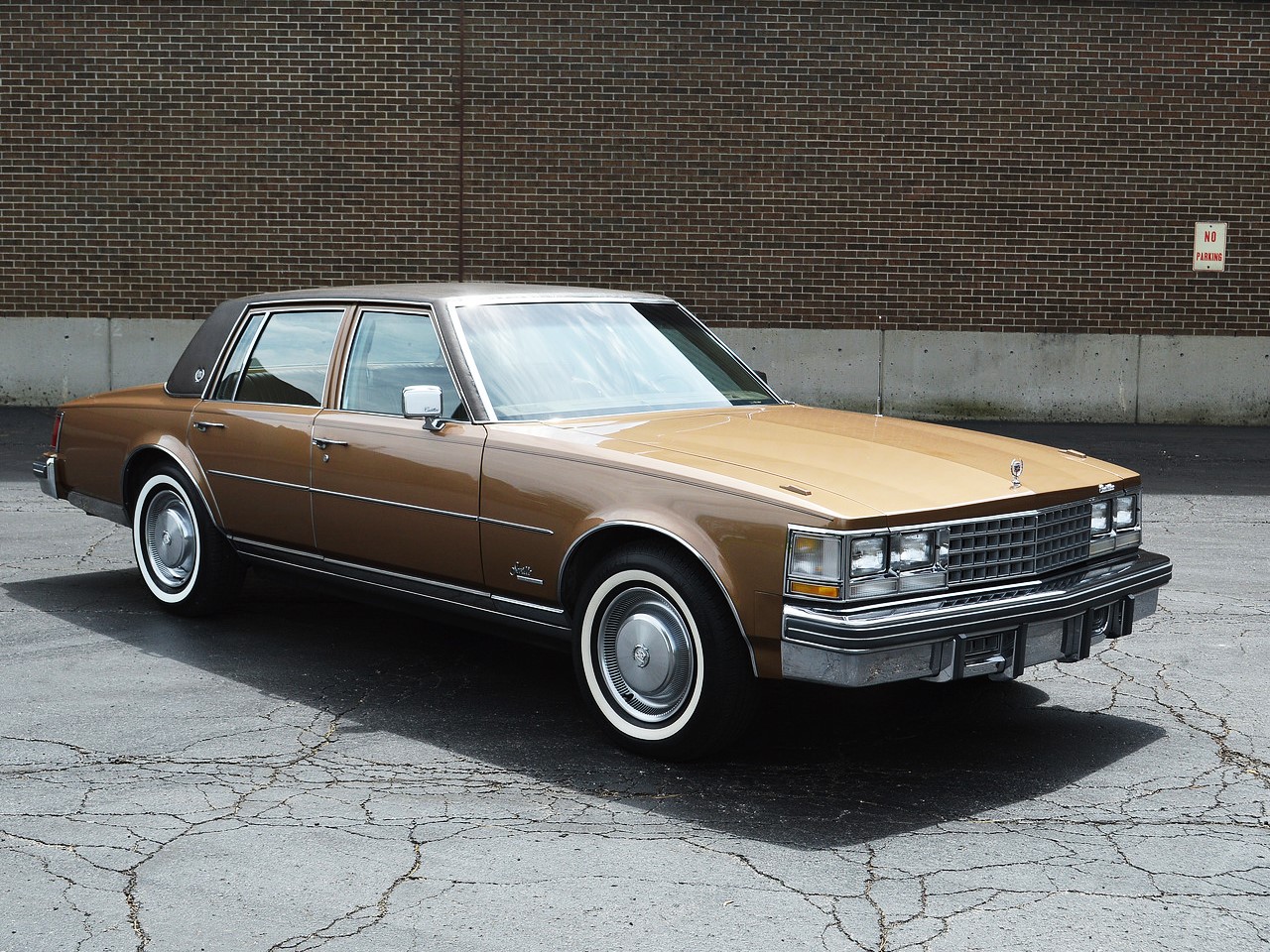




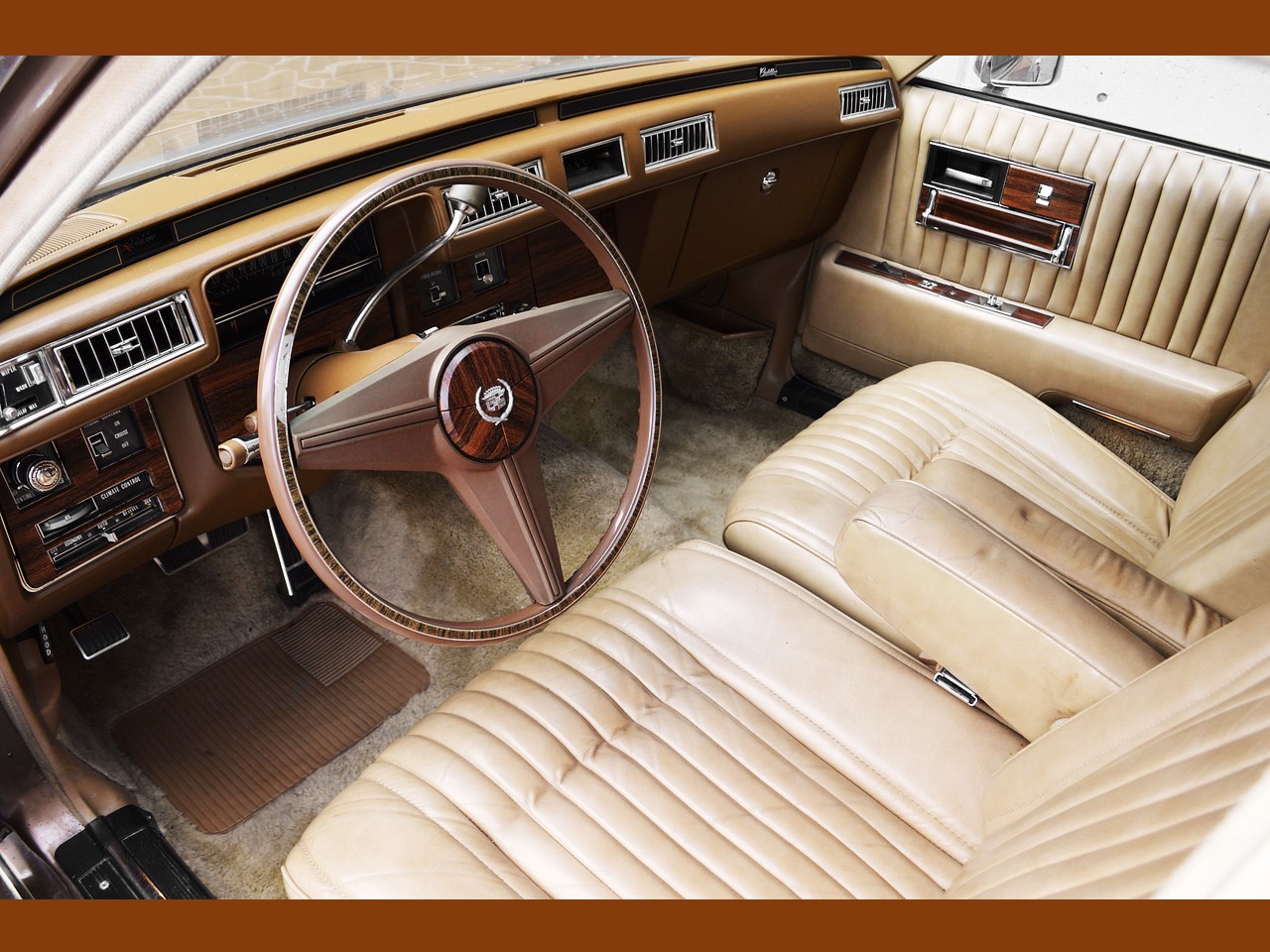






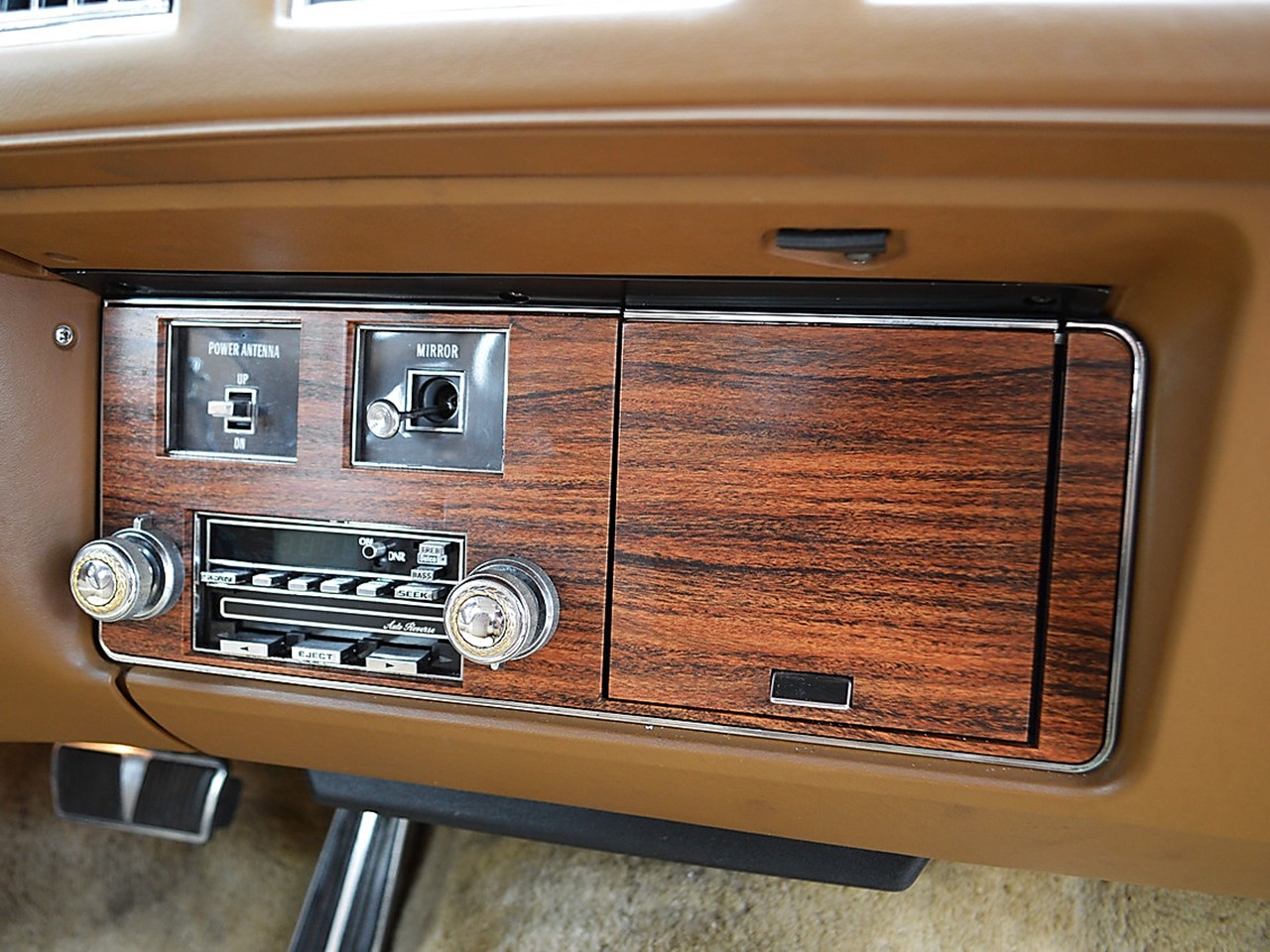



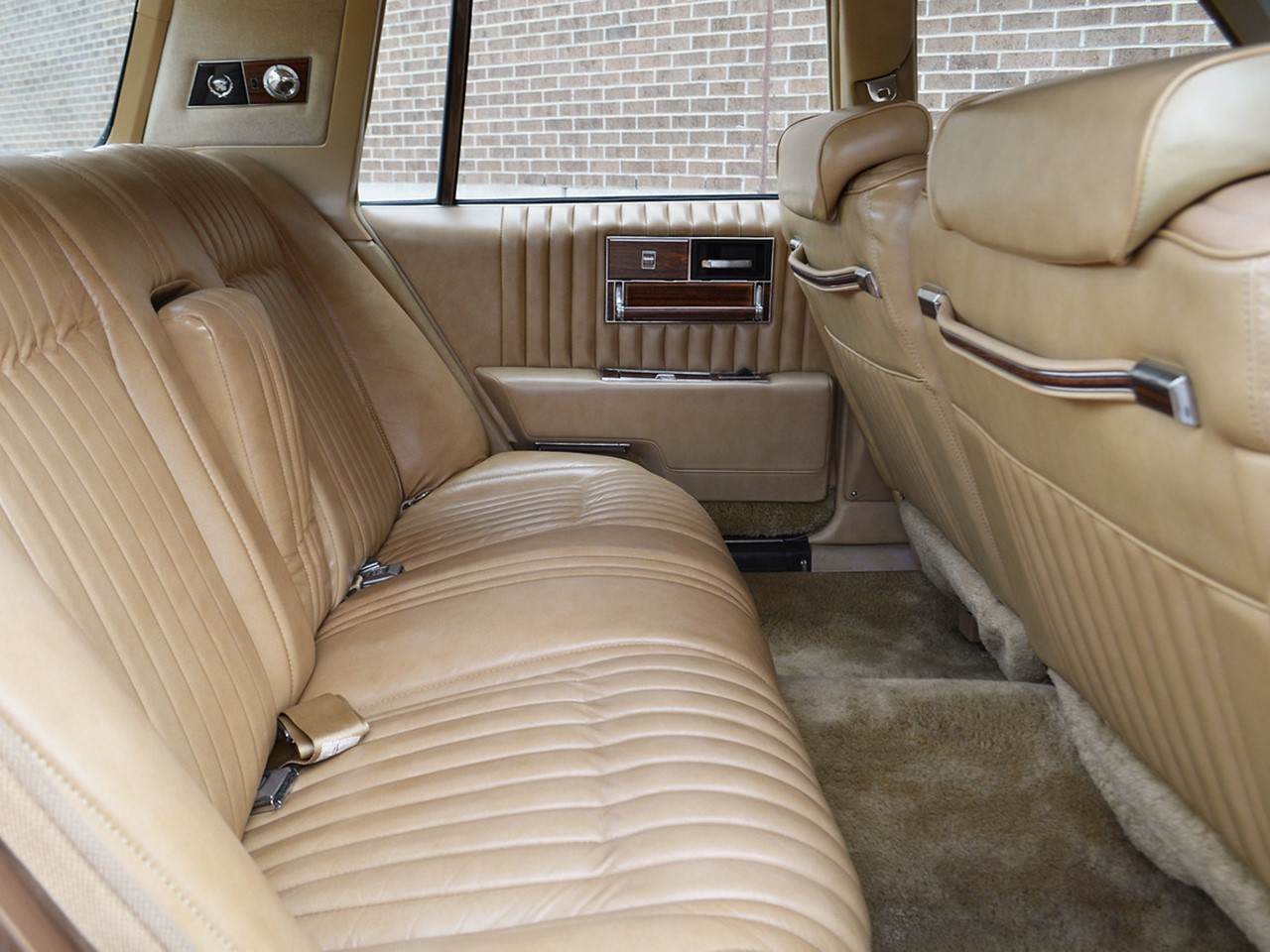





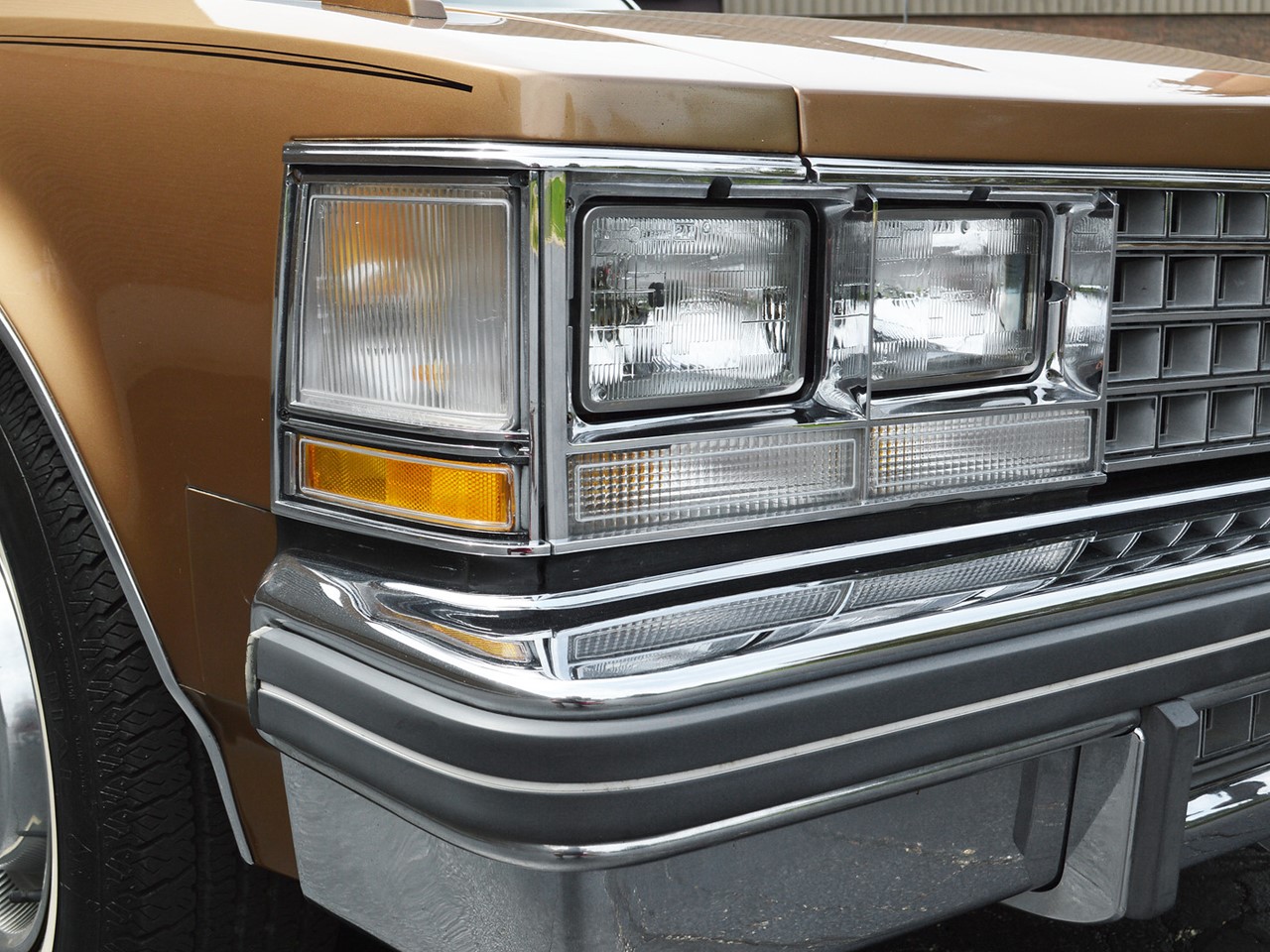





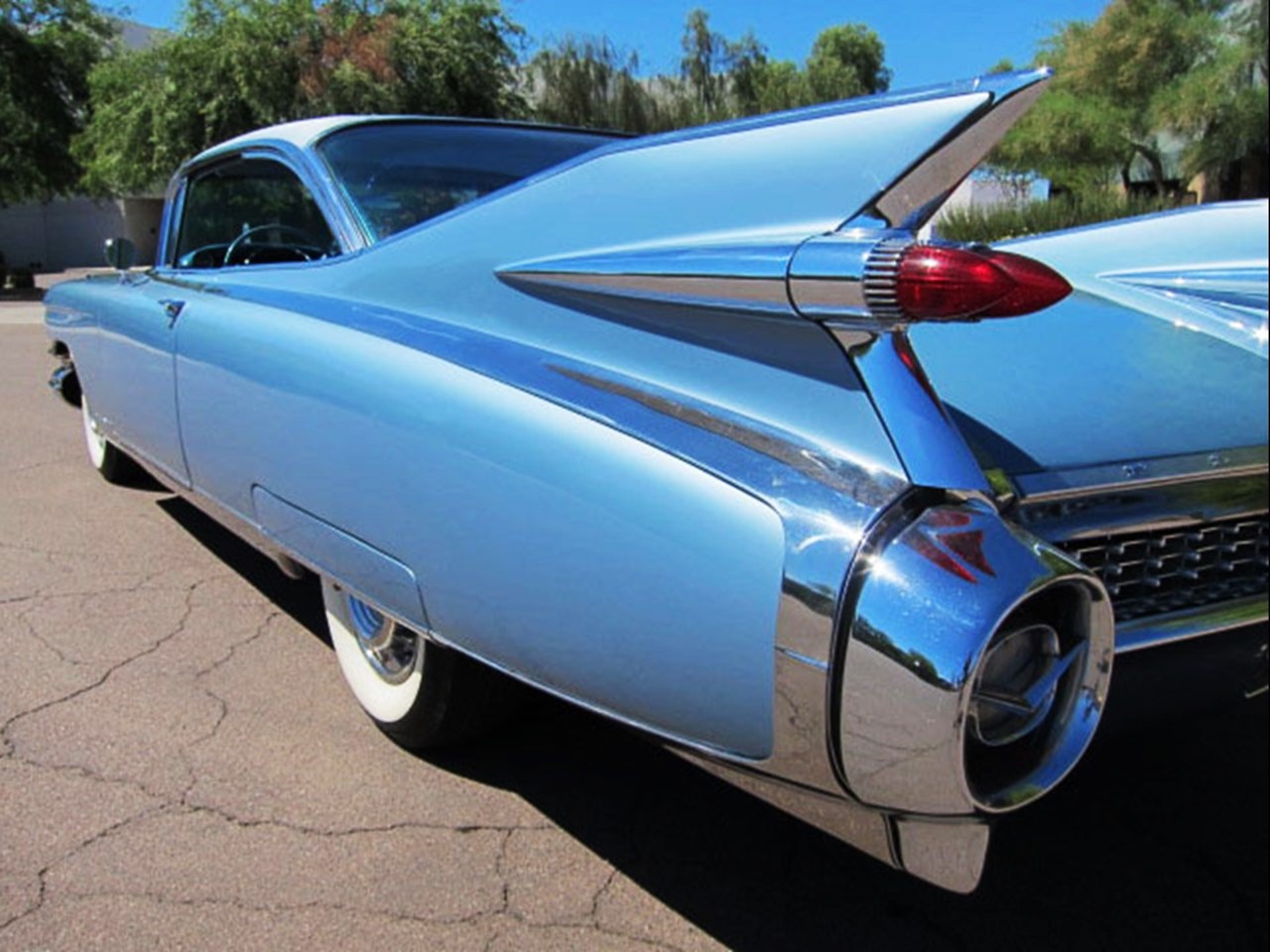

I’ve been viewing the blue 1979 Cadillac Seville on your website and wanted to know if its for sale. Also, I would like to know where the car is located and as much information you have about the vehicle. Thank you,
Joseph Cozza
That’s a beautiful example of a historic car. GM was working on a “smaller Cadillac” going back at least as far as 1971, mainly because focus groups revealed that some Cadillac owners, particularly women, but also those who had to park in crowded areas, were uncomfortable with full-sized Cadillacs, and would grow more uncomfortable as bumper and safety requirements would add bulk to those models. But, I’m sure the Arab Oil Embargo influenced the smaller size of the car as it was evolving within GM. The Seville gave those owners, particularly those who didn’t have to haul around adults or teenagers, the smoothness, quietness and luxury appointments they craved in a smaller, if slightly cramped, package. The car was marketed as a competitor to European luxury cars like Mercedes Benz, but that was mostly hype; most Cadillac owners were more interested in the image of a Euro-sedan than the spartan interiors and firm rides that distinguished them. The first generation Seville was also not as space-efficient as it looked, mainly because of its Nova/Camaro lineage that gave it a wheelbase stretched an extra 5 or 6 inches under the hood and a high floor needed to make room for the ’67 Camaro’s combination (inherited by the ’68 Nova from which the Seville was derived) of a unitized rear structure and a HUGE subframe upfront. With leaf springs also inherited from the Camaro, the platform was capable of a smooth ride, or sporty, albeit rather clumsy, handling, but not both. The Seville, of course, put the emphasis on the smooth ride, with no attempt to compete with the competent road manners of a Mercedes. So, it mainly existed to get GM buyers used to luxury in smaller packages and had a “halo effect” on the similarly styled B and C body cars that were to arrive in 1977. Some say GM could have done better, but the car had a mission and it was successful to that end. I think the ’76, with the simple egg-crate grille, was the best looking year, but there is something to be said for the later models that could be had without vinyl roofs. History is never perfect, but it’s worth preserving.
Thank you for this article. You say everything that needed to be said about the attitude that prevails with the American auto manufacturers. Their chasing those European cars that all look the same and ride like trucks when they should be focused on what made American cars famous.
I remember when the 1976 Seville was introduced. My friends and I loved it right from the start. We were teenagers at the time and were used to big cars. The Mustang was brand new, and revolutionary, we all had one. Mine was a 69 Mach 1. When the Seville came out in 76 my friends dad bought one and we would get to use it on the weekends, we would all be in it, but I always drove. The first body style was the best looking. The later years lost their good looks. I wish we had cars like that now. Let’s hope they will one day return.
Hello! Unfortunately, they’ll never build another car like the original Cadillac Seville! GM sullied the experience with repetition! They made every GM division have cars that had Seville’s basic design – which eventually killed it.
The moment they installed the horrid NorthStar V8 into the Seville – boom went the quality – your garage floor was Niagra Falls with the oil seepage! Why change the oil or even add to it – simply pour that quart of oil directly on the garage floor to save time!
What a great website. Great writing. In my opinion, the Seville is a very tasteful design. The roofline was inspired by the Rolls Royce Silver Shadow. I rode in one many years ago and was struck by how quiet it was inside. It is a beautiful car.